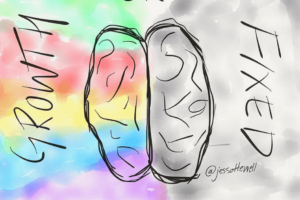
Tuition Discounts Fuel Higher Ed Skepticism
Tuition discounting is a tactic private colleges have long used to control a primary revenue stream. But over the past decade, an increasingly precarious financial picture—driven in part by stagnating state funding and tuition caps—has pushed public institutions to adopt tuition-discounting policies, too.
According to an issue brief from the Strada Education Foundation, the share of first-time, full-time undergraduates receiving institutional grant aid at public four-year institutions increased from 49 percent to 62 percent between 2014–15 and 2021–22. The average discount rates increased from 24 percent to 31 percent over the same period.
Strada argued in the brief that tuition discounting sows confusion about the real cost of college among students and their parents. The practice also fuels increased public skepticism about the value of a college degree. It warned that growing financial uncertainty for public higher education could make the problem worse.
“State postsecondary budgets soon may face new strains stemming from federal actions, demographic shifts, and broader fiscal pressures,” the brief said. “Without intentional alignment between states and institutions, this environment could drive even more aggressive tuition discounting in the years ahead—further complicating cost transparency for students, public missions, and the perceived value of education.”
Tuition discounts allow institutions to maintain financial stability and recruit academically strong or underrepresented students who may be enticed by a big discount presented as a scholarship. However, increases in merit-based aid can “favor wealthier or out-of-state students at the expense of low-income, in-state residents,” according to Strada’s brief.
“These practices also leave students, families, and citizens confused and without a transparent understanding of the cost of higher education,” the report said, noting that low-income and first-generation college students are especially vulnerable to uncertainty around tuition prices. “As the debate over the value of postsecondary education continues, exaggerated prices and confusion over actual costs weigh heavily on public trust and whether ‘college is worth it.’”
The report recommends a set of guiding principles to address tuition discounts:
- Transparency and clarity for families;
- Alignment between state and institutional aid;
- Regular assessment of aid strategies;
- Ensuring discounting supports public mission and access goals, not just revenue; and
- Avoiding blunt, one-size-fits-all approaches.

Source link


